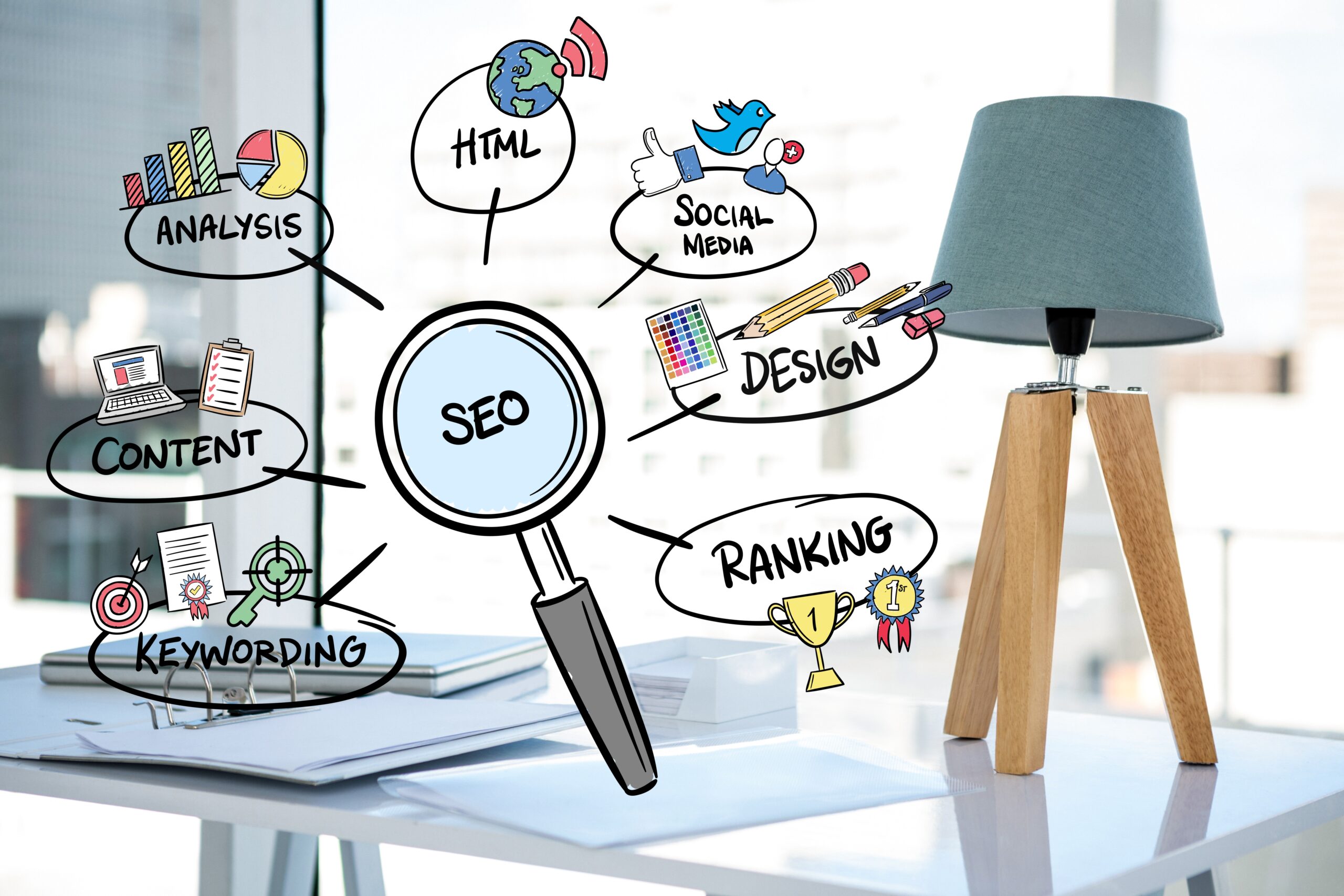Website performance plays a critical role in SEO rankings and user experience. A slow-loading or poorly optimized website not only frustrates users but also leads to higher bounce rates, lower conversions, and reduced search visibility. Google prioritizes websites that load quickly, are mobile-friendly, and provide a seamless user experience.
In this guide, we’ll explore the top five web performance metrics that directly impact SEO and conversions. By tracking and optimizing these metrics, businesses can improve rankings, enhance engagement, and increase revenue.
Why Web Performance Matters for SEO & Conversions
A high-performing website ensures users have a fast and seamless browsing experience. Speed and usability directly influence the following factors:
- SEO Rankings: Google uses page speed and user experience signals as ranking factors.
- Bounce Rate: Slow websites drive visitors away, increasing bounce rates.
- Conversion Rates: Studies show that a 1-second delay in load time can reduce conversions by 7%.
- User Engagement: Faster sites encourage users to explore more pages and take action.
Optimizing web performance is no longer optional—it’s essential for growth, visibility, and customer retention.
Top 5 Web Performance Metrics That Affect SEO & Conversions
1. Core Web Vitals
Google’s Core Web Vitals are a set of user experience metrics that measure loading performance, interactivity, and visual stability. These include:
- Largest Contentful Paint (LCP): Measures how fast the largest visible content loads.
- First Input Delay (FID): Tracks how quickly the site responds to user interactions.
- Cumulative Layout Shift (CLS): Measures unexpected layout shifts that impact usability.
Why It Matters:
Google uses Core Web Vitals as ranking signals, rewarding sites with better performance in search results.
How to Improve:
- Optimize images and videos for faster loading.
- Minimize third-party scripts that slow down response time.
Use a Content Delivery Network (CDN) to speed up content delivery.
2. Page Load Speed
Page load speed is one of the most crucial ranking factors. Users expect a page to load in under three seconds; anything beyond that increases abandonment rates.
Why It Matters:
- Google prioritizes fast websites in search rankings.
- 47% of users expect a website to load within 2 seconds.
- Slow pages lead to higher bounce rates and lost conversions.
How to Improve:
- Compress images and use next-gen formats like WebP.
- Enable browser caching to speed up returning visitors’ experience.
- Reduce server response time (TTFB) by upgrading to a faster hosting provider.
3. Mobile Responsiveness
Google now follows a mobile-first indexing approach, meaning it primarily uses the mobile version of a site for ranking and indexing.
Why It Matters:
- Over 60% of web traffic comes from mobile devices.
- Mobile-friendly sites rank higher in search results.
- A poor mobile experience leads to higher bounce rates and fewer conversions.
How to Improve:
- Use a responsive design that adapts to all screen sizes.
- Optimize images and videos for faster mobile loading.
- Implement Accelerated Mobile Pages (AMP) for better mobile performance.
4. Server Response Time & Hosting Quality
The time it takes for a server to respond to a request (Time to First Byte – TTFB) impacts both SEO rankings and user experience.
Why It Matters:
- Slow servers delay page load speed, hurting SEO rankings.
- Poor hosting quality affects website reliability and downtime rates.
- Websites with faster servers have higher engagement and lower bounce rates.
How to Improve:
- Upgrade to a dedicated or cloud-based hosting solution.
- Use CDNs to reduce latency and improve loading speeds worldwide.
- Optimize database queries and caching mechanisms.
5. Image & Media Optimization
Images and media files contribute significantly to page load time. Unoptimized visuals can slow down a site, affecting user experience and SEO.
Why It Matters:
- Large images and videos increase page size and load time.
- Faster-loading media improves engagement and reduces bounce rates.
- Proper image SEO boosts search engine rankings (via alt text & structured data).
How to Improve:
- Compress images using tools like TinyPNG or ShortPixel.
- Use lazy loading to defer offscreen images.
- Convert images to next-gen formats like WebP.
How to Track & Improve These Metrics
To maintain a high-performing website, regularly track and optimize these metrics using:
- Google PageSpeed Insights (for speed analysis)
- Google Search Console (for Core Web Vitals insights)
- GTmetrix & Lighthouse (for in-depth performance reports)
- Web.dev (for UX & mobile performance suggestions)
Quick Optimization Checklist:
✅ Compress images & enable lazy loading.
✅ Upgrade to a high-performance hosting provider.
✅ Implement a CDN for faster content delivery.
✅ Optimize Core Web Vitals (LCP, FID, CLS).
✅ Minify CSS, JavaScript & enable browser caching.
✅ Test performance regularly & adjust based on analytics.
Final Thoughts & Call to Action
Optimizing your website’s performance isn’t just about SEO—it’s about delivering an excellent user experience that converts visitors into customers. By improving page speed, mobile responsiveness, server performance, and media optimization, you can boost search rankings, reduce bounce rates, and increase sales. 🚀 Ready to enhance your website’s performance? Contact SmartCoder for expert SEO & speed optimization services today!
Frequently Asked Questions (FAQs)
Q1: How do Core Web Vitals affect SEO rankings?
A: Core Web Vitals measure user experience. Google uses these metrics to determine how fast and stable a page is, affecting rankings directly.
Q2: What is the ideal page load speed for SEO?
A: Ideally, your website should load in under 2-3 seconds for the best SEO and conversion rates.
Q3: What are the best tools to check website performance?
A: Use Google PageSpeed Insights, GTmetrix, Lighthouse, and Web.dev to analyze and optimize site performance.
Q4: Does website speed impact conversion rates?
A: Yes! Studies show that a 1-second delay in page load time can reduce conversions by 7% or more.
Q5: How often should I check my website’s performance?
A: Regularly audit your site performance at least once a month and make improvements as needed.
By following these optimization techniques, your business can stay ahead in search rankings and deliver a seamless user experience. Start optimizing today! 🚀




